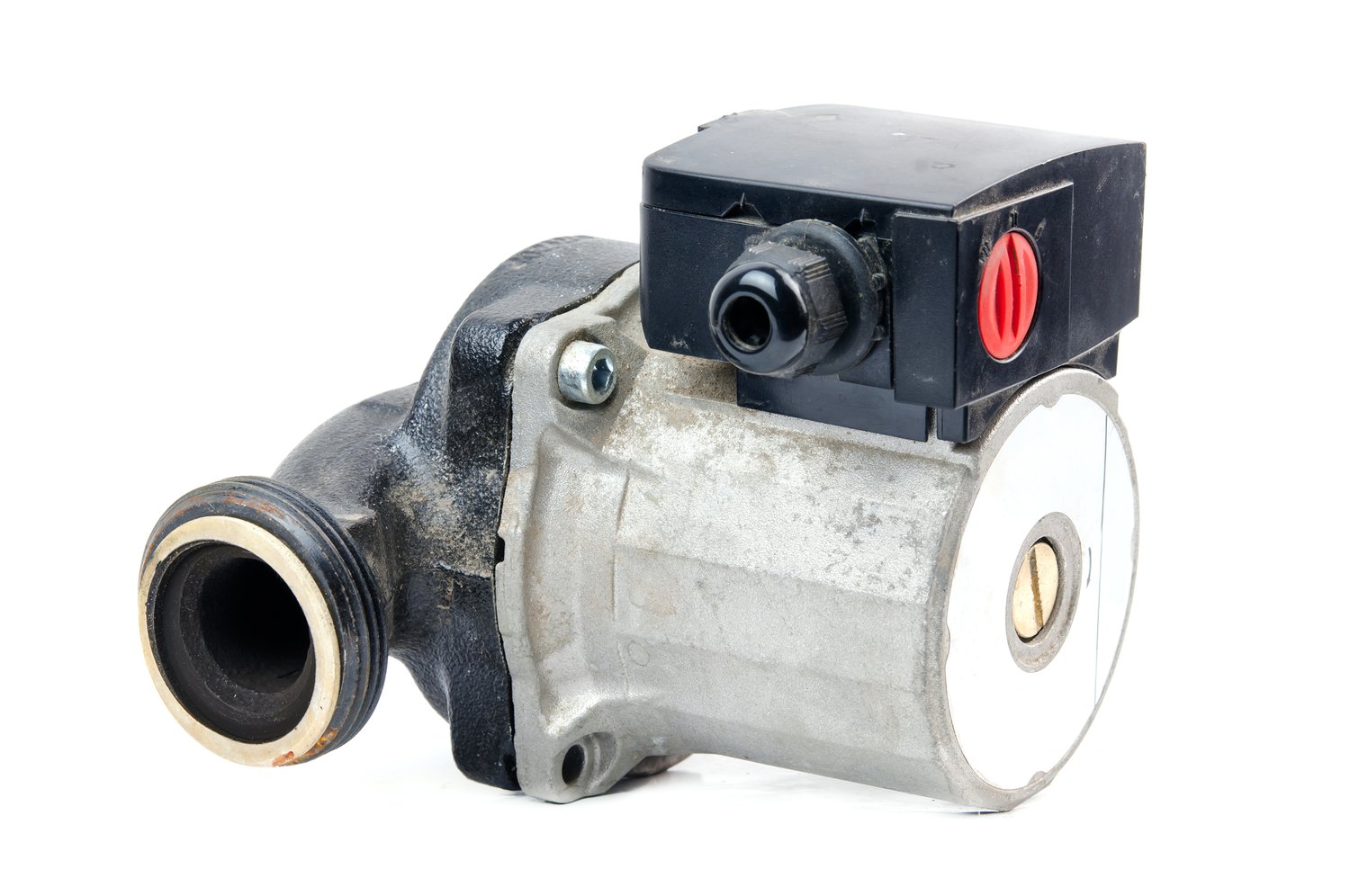Imagine turning on your faucet, but instead of a steady stream of water, you get a sputtering mess; this could be a sign of well pump pressure switch problems. These switches are essential for maintaining the balance and efficiency of your water supply, and understanding how to troubleshoot them can save you time, effort, and costly repairs.
- Discover the most common issues that well pump pressure switches can encounter and how these can disrupt your water system’s performance.
- Learn about the inner workings and significance of pressure switch mechanisms in ensuring the smooth operation of your well pump system.
- Follow a detailed, step-by-step guide on adjusting and replacing well pump pressure switches to tackle these common issues effectively.
By delving into this guide, you’ll equip yourself with the knowledge to maintain a reliable water supply, enhancing your plumbing skills and reducing the likelihood of future problems. Share your experiences or explore further to expand your understanding of well pump systems.
Identifying Common Well Pump Pressure Switch Problems
Well pump pressure switches are vital components in maintaining an efficient and consistent water supply system. However, like any device, they are subject to various operational issues that can hinder their performance. Some of the most common problems associated with well pump pressure switches include:
1. Pressure Switch Not Turning On: This issue can leave your system without water pressure. It often arises from electrical connection problems, such as a tripped circuit breaker or blown fuse. Ensuring a reliable power connection is crucial for the pressure switch to function correctly.
2. Pressure Switch Not Turning Off: When the switch fails to shut off, it can cause your pump to run continuously, leading to increased energy consumption and potential pump damage. This problem might be due to incorrect pressure settings or worn-out components.
3. Short Cycling: This occurs when the well pump cycles on and off frequently, which can be attributed to a defective pressure switch, a waterlogged pressure tank, or incorrect pressure settings. Short cycling puts unnecessary strain on the pump, reducing its lifespan.
4. Pressure Switch Leaks: A leak at the pressure switch can cause your system to lose pressure, resulting in inconsistent water flow. Leaks are often due to damaged seals or connectors.
Identifying these common well pump pressure switch problems early is essential. It aids in preventing more severe issues and ensures that your water system performs at its best.
Understanding Pressure Switch Mechanisms and Their Role
The pressure switch is a crucial component in a well pump system, serving as a control device that regulates the pump’s operation. Its primary role is to maintain the desired water pressure by turning the pump on and off in response to pressure changes within the system.
At its core, a pressure switch consists of several key mechanisms:
Pressure Sensor: This sensor detects the pressure level in the water system. When the pressure falls below a specified threshold, it sends a signal to activate the pump.
Electrical Contacts: The switch has metal contacts that open and close circuits. When pressure conditions are met, these contacts either energize or de-energize the pump motor, controlling its operation.
Adjustment Springs: Springs inside the switch allow for pressure setting adjustments. By compressing or releasing these springs, users can set the desired cut-in and cut-out pressure points, ensuring their water system meets specific requirements.
The pressure switch’s ability to effectively manage the pump’s operation ensures a stable and reliable water supply. It prevents the pump from running unnecessarily, which saves energy and reduces wear. Understanding its mechanisms and function can help in maintaining or troubleshooting your well pump system.
Steps for Adjusting and Replacing Well Pump Pressure Switches
Properly adjusting and replacing your well pump pressure switch is crucial for maintaining optimal water pressure and ensuring the efficiency of your water supply system. Here we delve into the detailed process to help you manage this task successfully.
Step 1: Gather the Necessary Tools
Before beginning any adjustment or replacement of the well pump pressure switch, ensure you have the correct tools on hand. You’ll typically need a multimeter, screwdriver, and possibly a replacement pressure switch if adjustment is not sufficient.
Step 2: Safety Precautions
Always start by turning off the power to the well pump system at the circuit breaker to prevent electric shock. Safety should be a top priority when handling electrical components.
Step 3: Identify the Pressure Switch
Locate the well pump pressure switch, usually found near the pressure tank. Familiarize yourself with its structure to understand its operation better.
Step 4: Assess and Adjust the Pressure Settings
Begin by examining the existing pressure settings. Typically, a domestic water system utilizes a cut-in pressure of around 20-50 psi and a cut-out pressure of about 40-60 psi. Adjust these settings by turning the adjustment nuts, ensuring they are tightened to achieve your desired pressure levels.
Step 5: Test the System
Once adjustments are made, restore power to the system and monitor the pressure gauge to ensure the switch operates within the set pressure range. Verify that the well pump activates and deactivates correctly.
Step 6: Replacement of the Pressure Switch
If adjustments do not rectify the issue, replacing the pressure switch may be necessary. Detach the electrical wiring from the old switch, noting their proper positions. Remove the faulty switch and install a new one, reconnecting each wire securely.
Step 7: Final Testing
Turn the power back on and observe the water system in operation. Check for any unusual pressure fluctuations or operational issues, ensuring the switch functions effectively within the desired range.
By following these steps, you can resolve common well pump pressure switch problems efficiently. Regular maintenance and timely adjustments help preserve the longevity and performance of your water supply system. Engage with us by sharing your experience or any tips you might have when dealing with these systems.
Frequently Asked Questions About Well Pump Pressure Switches
How do I know if my well pump pressure switch is faulty?
Signs of a faulty switch include irregular water pressure, the pump not turning on or off, and strange noises during operation.
What tools do I need to adjust a well pump pressure switch?
You typically need a screwdriver and a pressure gauge to make adjustments.
How often should I check my well pump pressure switch?
It’s recommended to check the pressure switch annually or if you notice performance issues with the water flow.
Can I replace a pressure switch myself?
Yes, if you have basic electrical knowledge. Always ensure the power is off before attempting any replacements.
Why is my well pump pressure switch turning on and off rapidly?
This could be due to short-cycling, often caused by a pressure tank issue or a clogged pressure line.
What should be the typical pressure setting for my well pump?
The typical setting is between 40 and 60 psi. Adjust according to your home’s specific water needs.





